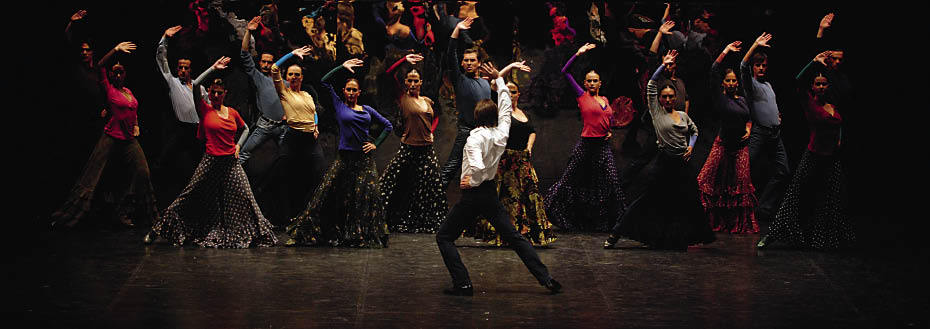Verdi’s Requiem
Royal Opera House
Carmen
Sadler’s Wells
Every time there’s a performance of Verdi’s Requiem the issue of whether it is a liturgical or theatrical work gets solemnly discussed, as if it couldn’t be both. If you take the Creator to be the figure described or invoked in the Bible, then He clearly has a taste for highly dramatic effects. As Auden put it, ‘When God said “Let there be Light” He must have realised that He was being extraordinarily pretentious,’ and the promise that the Day of Judgment will be heralded by trumpets indicates a thoroughly operatic imagination. It’s rather surprising that fewer composers haven’t risen to the occasion, and have tended to go in for the insipidities of consolation when they could have been trying their best, like Verdi and Berlioz, to emulate the terrors of Michelangelo’s ‘Last Judgment’. If there is a criticism to be made of what I think is easily Verdi’s greatest work, it is that he prefers thrilling us to frightening us. Certainly, the performance that was given in the Royal Opera House last week was much more exciting than it was alarming, with brass players stationed in the circle; it’s only a pity that closed-circuit TV obviates the necessity for the conductor to whip round and bring in the various far-flung groups, which used to be such a quintessentially Italian gesture: the conductor as God’s deputy for the duration of the Requiem.
Antonio Pappano, as was to be expected, conducted a performance of dynamic extremes, the chorus nearly inaudible at the start, and as almost always well below tempo markings. When the tenor soloist Piotr Beczala vaulted in with his ‘Kyrie eleison’ the effect was exhilarating rather than supplicatory, but then it’s hard to see how it can be otherwise, with the other soloists hot in pursuit.








Comments
Join the debate for just £1 a month
Be part of the conversation with other Spectator readers by getting your first three months for £3.
UNLOCK ACCESS Just £1 a monthAlready a subscriber? Log in